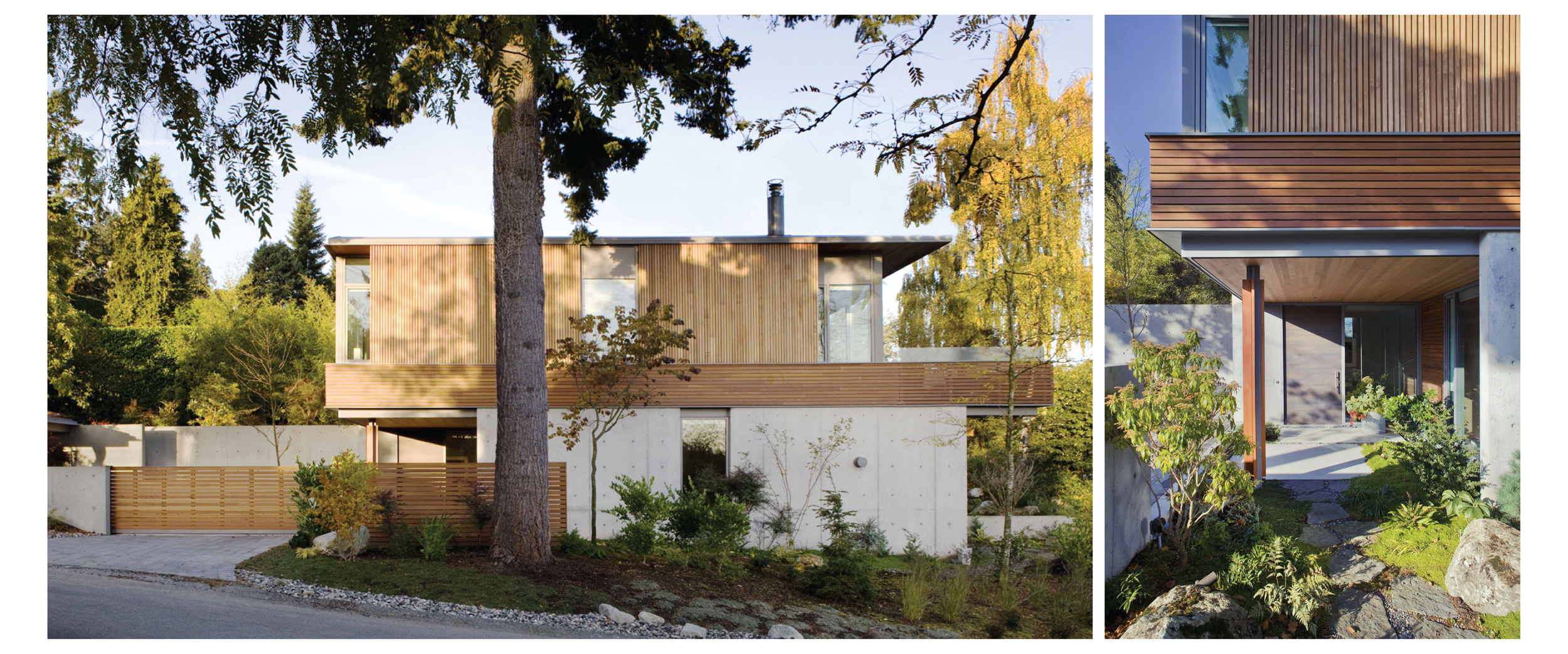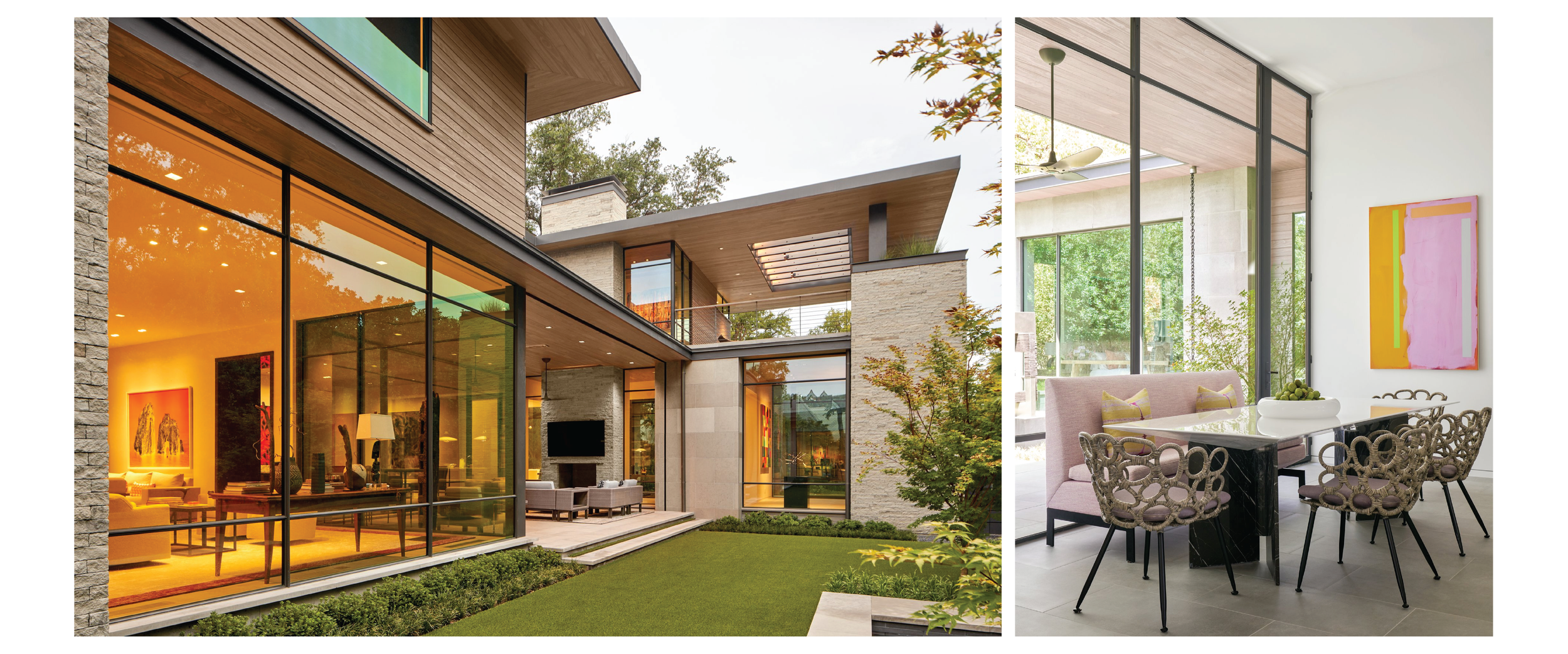Foundations in Modern Architecture and Design
Modern architecture and design is becoming an increasingly large part of our aesthetic landscape. This is a guide to understanding the core principles that shape contemporary spaces. From design enthusiasts to homeowners, join us on this concise journey through the key elements that make modern architecture both captivating and enduring. In your home build process, it’s important to select a firm that understands the foundation of architectural brilliance that comes with this innovative and stylish concept.
Clean lines and an innovative use of materials at Wayne 427 Luxury Condominiums.
Simplicity and Minimalism
Modern architecture often embraces simplicity in design and avoids excessive ornamentation. It’s known for minimalist principles that emphasize the use of clean lines and a reduction of elements to achieve a sleek, uncluttered appearance.
Expression of Structure
Often expressing the structural elements of a home, modern architecture showcases beams, columns, and other construction elements as integral parts of the design. Exposed structural elements contribute to an honest and transparent aesthetic.
Modern residence designed by BattersbyHowat embracing a mix of innovative, organic materials.
Functionalism
Functionality is a key principle in modern architecture. These buildings are designed to serve their purpose efficiently and effectively. Form follows function, meaning that the design of a building should be dictated by its intended use and purpose.
Open Floor Plans
Modern architecture frequently incorporates open-concept living spaces, removing unnecessary walls to create larger, more flexible areas. This design approach enhances the flow of natural light and promotes a sense of openness and connectivity.
Expansive open floor plans embrace indoor outdoor living with this luxury home designed by SHM Architects.
Innovative Use of Materials
Modern design explores new materials and construction techniques, often incorporating steel, glass, and concrete. The use of industrial materials is common, emphasizing honesty in materials and showcasing their intrinsic qualities.
Flat Roofs and Horizontal Lines
Traditional pitched roofs are often replaced by flat roofs, and horizontal lines are emphasized to create a sense of horizontality in the design. This design choice contributes to a more streamlined and contemporary aesthetic.
Flat roofs and large windows are key design features of this New York home designed by Bates Masi.
Large Windows & Natural Light
A strong emphasis is placed on maximizing natural light within a space. Modern homes typically feature large, expansive windows often stretching from floor to ceiling. This creates a seamless connection with the surrounding environment by bringing the outdoors in.
Integration with Nature
Modern architecture often seeks to harmonize with the natural surroundings, blurring the boundaries between indoor and outdoor spaces. The use of landscaping, courtyards, and large windows facilitates a strong connection with nature.
This modern residence by SHM Architects has a strong integration with nature while blurring the lines between indoor outdoor living.
Smart Home Technology
Incorporation of advanced building technologies and smart home features is a common aspect of modern architecture. Home automation systems, energy-efficient technologies, and sustainable practices are often integrated seamlessly into the design to create a truly customized experience for the homeowners.
Asymmetry & Unconventional Shapes
Embracing asymmetry and unconventional shapes, modern styling is a departure from the strict symmetry often seen in traditional styles. Homes may feature unique and irregular forms that challenge traditional design norms.
Innovative use of materials include board formed concrete, metal, and reclaimed barn wood at this Alvarez Morris home in Colorado.





